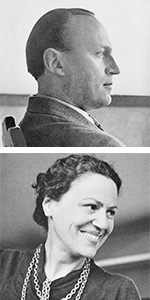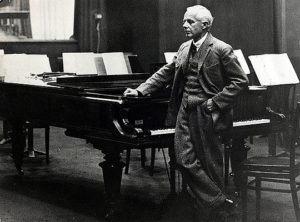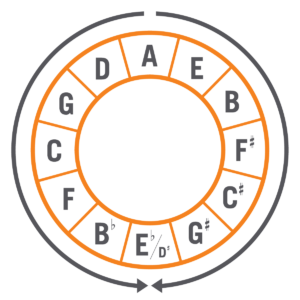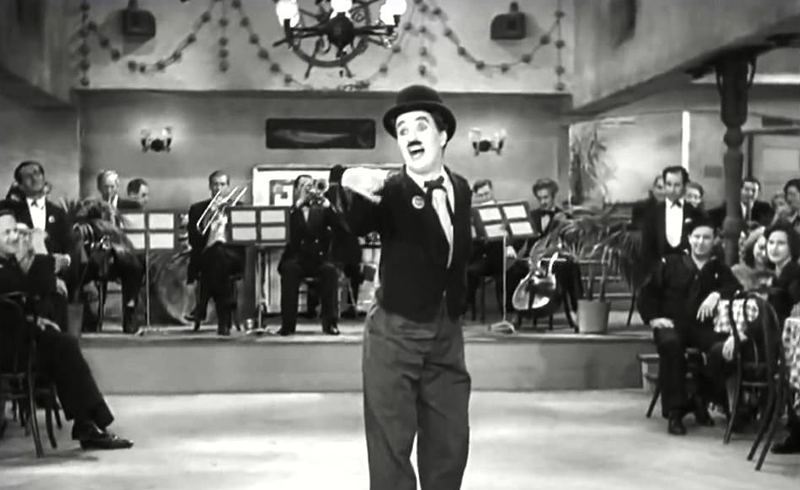
In 1934, the Swiss conductor Paul Sacher married Maja Stehlin, the widow who had inherited the Roche pharmaceutical fortune. Finding himself now one of the richest men in the world, Sacher poured his wealth into one of his greatest passions: new music. In 1926, Sacher had founded the Basle Chamber Orchestra, an ensemble dedicated to performing both new works and neglected music from the pre-classical era. To celebrate the ensemble’s tenth anniversary, Sacher commissioned a new work from one of the day’s most cutting-edge composers: Béla Bartók.
By 1936, the 55-year-old composer was unaccustomed to earning much from his compositions; his primary source of income was a post he had secured at the Budapest Academy of Sciences that allowed him to pursue his interest in ethnomusicology (specifically the folk music of his native Hungary and surrounding lands). This regular work was supplemented by giving piano lessons to select private students and occasional performances as a piano soloist. The Great Depression, combined with the increasingly disturbing political climate in Europe, posed significant challenges to his career as a pianist and composer, as right-wing governments increasingly censured modernism in the arts (indeed, Bartók would stop performing in Nazi Germany altogether the following year). Sacher’s commission for a major new work was thus especially welcome. Bartók set to work on the commission during his annual summer vacation in Switzerland with his family.

The piece he wrote, Music for Strings, Percussion and Celesta, would be recognized as one of his greatest masterpieces. It is one of the purest and most perfectly proportioned distillations of Bartók’s mature style, a summing up of all that he had accomplished. The Music embodies many of the contradictions that make Bartók’s art so fascinating: it is simultaneously primitive and sophisticated; wild and controlled; serene and terrifying; serious and slapstick.
One of the piece’s most immediately striking features is its unique instrumentation: Bartók calls for two string orchestras arrayed on opposite sides of the stage—one is the mirror image of the other. In the middle and toward the back is an array of percussion and keyboard instruments: xylophone, snare drum, cymbals, tam-tam, bass drum, timpani, piano and celesta. Bartók specified the positions of the instruments on stage with a diagram in the score. This unusual set up allows for antiphonal effects from the strings as musical ideas zoom back and forth across the hall.
Music for Strings, Percussion and Celesta is divided into four movements, each of which has a distinct character. The first is a brooding fugue:
Fugues are a strict type of composition in which each voice (or instrumental part) should have an interesting, independent melody while simultaneously fitting together with the other parts. Unity is provided by one main idea at the beginning, the fugue’s subject, with which each voice enters one by one. This fugue’s subject is a gray, wandering melody from which the entire piece will evolve. Its highly chromatic contour suggests an eerie moaning voice, and it gradually permeates the orchestra like a dense fog. It begins on the note A, and alternating successive appearances are each one step higher or lower on the circle of fifths. The tension increases inexorably as the music becomes louder, until the fugue climaxes on a series of repeated E flats, the note farthest away from A on the circle of fifths:

The fugue concludes by dying away, quickly cycling back to its starting point, the note A.
The energetic second movement combines the lively rhythms of Hungarian fiddle music with a structural pattern that Mozart or Beethoven might have used. After a few bars of pizzicato introduction, the dynamic main theme appears. It is derived from a speeded-up fragment of the opening movement’s fugue subject, giving the music an organic coherence with what came before. After some punctuation from the timpani, the orchestra takes a quick breath before beginning the second theme, a lighter, more playful melody with a high, chirping accompaniment. A third idea is introduced with repeated notes in the piano before the music comes to a momentary halt. The more developmental section that follows features pizzicato strings and a rhythmic riff for piano. When the strings return to using their bows, the music builds to an emphatic return of the main idea. Reprises of the other themes follow, and the movement ends with a whirlwind coda.

The third movement begins with one of the most famous xylophone solos in the repertoire; the xylophone plays one note, becoming faster and faster before slowing back down. Many have noted that the rhythmic division of the beat follows the Fibonacci sequence (1 note per beat, then 2, 3, 5 8, 5, 3, 2 and 1 again). This opening gesture may have been inspired by music that accompanied traditional Japanese Kabuki theater performances; it does instantly conjure a sense of the drama that will unfold in this movement. The music proceeds according to a palindromic plan (ABCC’B’A’), a favorite pattern of Bartók’s. Each section is separated by ominous reappearances of fragments of the fugue from the opening movement, and throughout the xylophone and timpani provide commentary on the action. The first section (A) introduces fragmentary melodies derived from folk music that gradually thicken and intensify, only to dissipate without reaching a climax. In the next section (B), an otherworldly melody appears played by two solo violins and the celesta. The third section (C) is a terrifying crescendo in which a strangely beautiful wash of sound from the harp, piano and celesta builds to a climactic cymbal crash. We then hear staccato ideas leading away from this peripeteia (C’) and the re-orchestrated and varied return of the other sections (B’ and A’). The palindrome is completed by the xylophone.
The finale turns from these dark ruminations to an uninhibited embrace of life in the form of a peasant dance. The violins begin pizzicato, imitating traditional Hungarian zithers and cimbaloms, before launching into a vivacious fiddle tune. Bartók’s sense of humor is on display with the piano’s first melody, a wrong-note parody of the nonsense song Charlie Chaplin sings in Modern Times, which came out a few months before Bartók began composing this piece. This “Chaplin” melody returns later, whirling out of control. The opening fugue subject returns in the slower middle section that follows, but in a rich, lushly scored guise. This dies away to a cello solo before the fast dance music returns. The movement ends with a soaring version of the main melody capped off by a final flourish. —Calvin Dotsey
Don’t miss Bartók’s Music for Strings, Percussion and Celesta on January 11, 12 & 13, 2018! Get tickets and more information at houstonsymphony.org.




This is a fascinating story about Bartok’s parody of the Chaplin melody. I am curious about the fact that no book or academic paper I have read on Music for String has mentioned it.
To what extent is this fact or speculation?
Thanks